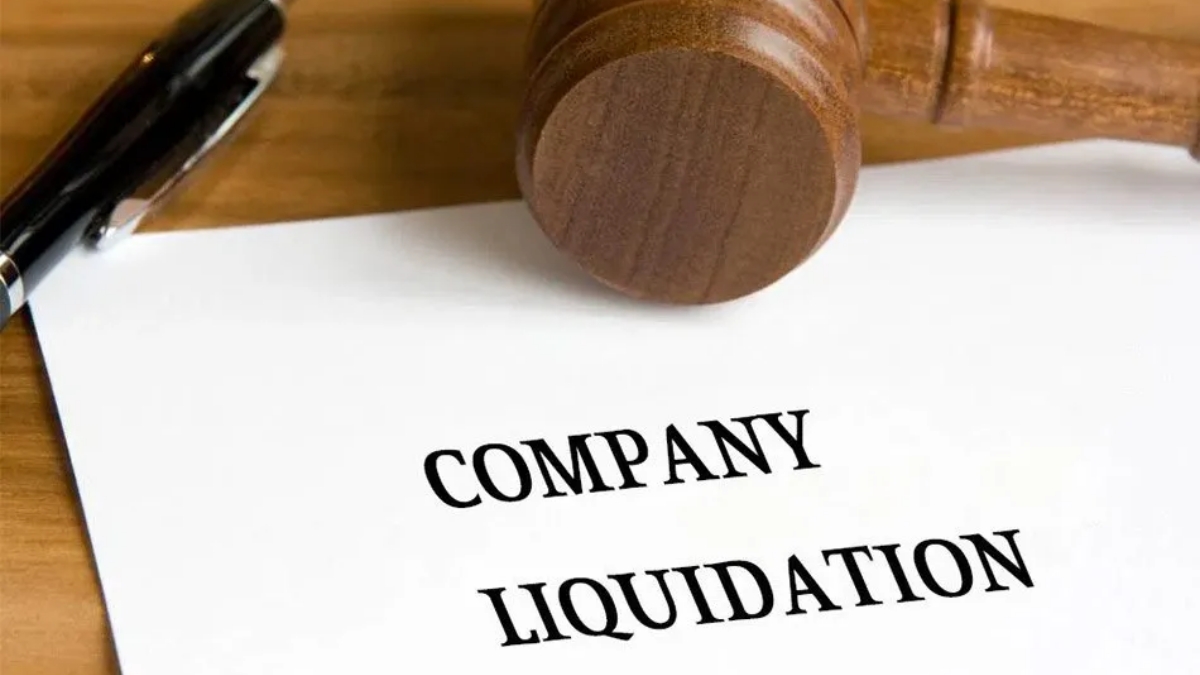
While it can feel like an admission of failure, putting your company into a voluntary liquidation process can actually be in that company’s best interest, which you should strive to act in as the director. If continuing to trade and accumulating more debts would worsen that company’s situation, liquidation can be the best course of action.
So, what can you expect when your company enters an insolvent liquidation?
Table of Contents
First, recognise that the company is insolvent.
Directors should be aware of their company’s solvency status. Recognising the potential signs of insolvency can help you plan for what needs to be done to alleviate the issues before they threaten the company’s future.
These signs of insolvency could include:
- Cash flow issues.
- An imbalanced balance sheet.
- Legal action – including Statutory Demands, County Court Judgments (CCJs) and Winding-up Petitions.
If you’re aware of any of these potential indicators of insolvency, you should act immediately to achieve your desired outcome and avoid the most severe consequences for the company.
Discuss your options with a licensed and regulated professional.
If your company is insolvent, acting early provides you with more options than if you put off dealing with the issues in the hope that the situation will improve on its own.
Depending on the company’s circumstances and the direction you wish to take, liquidation might not be the only option, and recovery might be possible. These options could include:
- Company Voluntary Arrangement (CVA), wherein the company pays an affordable portion of its unsecured debts in tailored, monthly instalments.
- Administration, in which the company is offered breathing space and protection from creditor pressure while an insolvency practitioner considers a viable exit route.
While these solutions can be of help if the core business would be viable if not for the burdensome debts, or if there’s a chance that the company could be rescued as a going concern, the company’s debts may be of such a level that continuing is unfeasible. Alternatively, directors might not want to continue trading and would rather put the company to bed and start afresh. In these cases, the company can close through a Creditors Voluntary Liquidation (CVL).
A CVL allows a company to close in an orderly manner, removing creditor pressure and stopping further legal action. The process is formal and legally binding, overseen by a licensed and regulated insolvency practitioner (IP). Prior to liquidation, they will discuss your company’s situation and advise you whether the process the best route forward for your circumstances.
What happens during liquidation?
Once the liquidation begins, the IP will likely ask for details of creditors, potentially including:
- Banks & financiers.
- Trade creditors.
- Employees.
They’ll also ask for the directors to generate a report and a statement of affairs. This will likely include details of the company’s assets and the value of said assets, as well as the company’s trading history, which may include details as to why it became insolvent. Once the liquidation is approved, the IP becomes the liquidator, and the process begins.
During liquidation, the IP’s duties may include:
- Communicating with the company’s creditors.
- Realising company assets.
- Dealing with employees’ claims.
- Investigating the company’s and directors’ affairs and sending The Insolvency Service a conduct report.
- Creating an agreement of claims for the distribution of any funds to creditors.
After liquidation.
After the company is liquidated, it and its debts cease to exist. A limited company’s limited liability protection means it’s unlikely directors will be held personally liable for that company’s debts or risk losing their home unless they have signed personal guarantees, the directors have an outstanding director’s loan account or have committed wrongful trading.
As a director, if you’ve fulfilled your duties leading up to and during the period of insolvency, and there are no grounds for disqualification, you can often set up a new limited company once the old one ceases to exist. However, there can be restrictions and limitations around using the old company’s assets and a similar name.